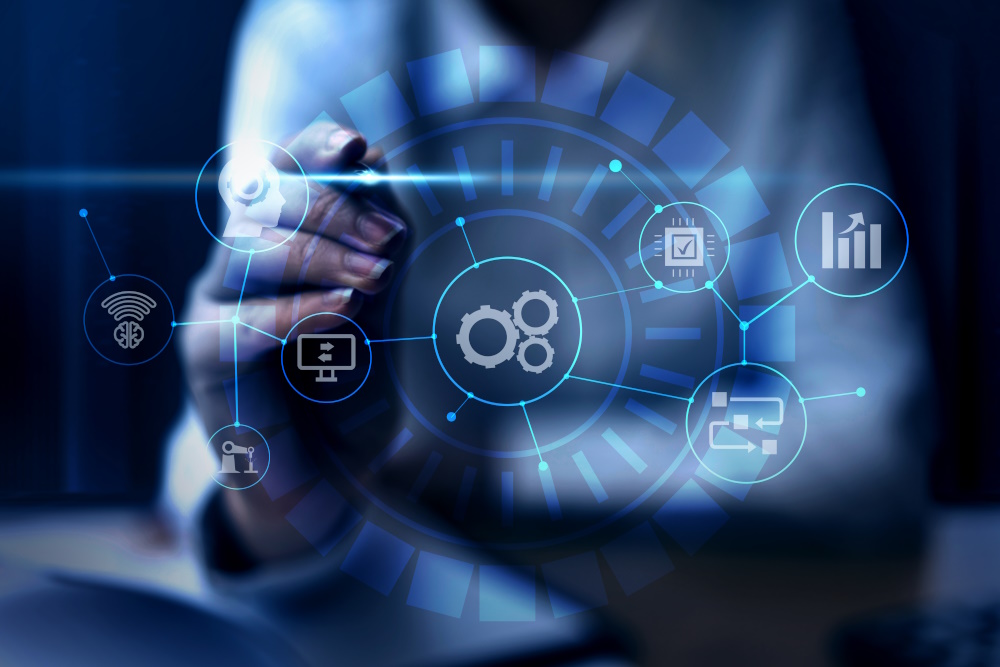The synergy between Artificial Intelligence (AI) and Data Transformation is revolutionizing industries around the globe. This phenomenon is particularly evident in technologically advanced countries like Japan. We’ll explore the definitions and relationship between both domains, focusing on practical examples from Japanese and international companies.
Defining Artificial Intelligence (AI)
Artificial Intelligence is a multidisciplinary field of science and engineering aimed at building intelligent machines capable of performing tasks that typically require human intelligence. AI is grounded in creating algorithms that parse data, learn from it, and then apply what they’ve learned to make informed decisions.
AI technologies encompass various fields, from machine learning and deep learning to natural language processing and robotics. These technologies enable systems to interpret complex data, achieve specific goals, learn from outcomes, and evolve with new insights.
Companies using AI
- Sony (Japan): Sony leverages AI in its entertainment and electronics sectors, particularly in enhancing gaming experiences and developing advanced camera image sensors.
- Google (USA): Google uses AI for various applications, from search algorithms to autonomous vehicle technology in its subsidiary, Waymo.
- Siemens (Germany): Siemens employs AI in industrial automation and healthcare diagnostics, optimizing manufacturing processes and advancing medical imaging techniques.

Defining Data Transformation
Data Transformation in IT refers to converting data from one format or structure to another. It’s a crucial step in data management and analytics, ensuring the compatibility and usefulness of data across systems. It includes:
- Data Cleaning: Removing inaccuracies and correcting values in a dataset.
- Data Integration: Combining data from different sources and providing users with a unified view of these data.
- Data Conversion: Changing data from one format to another, for example, converting XML data to JSON format.
- Data Enrichment: Enhancing existing data with additional information from internal or external data sources.
Efficiently transforming data enables more effective data analysis, empowering businesses to make informed decisions grounded in high-quality, reliable data.
Companies using data transformation
- Rakuten (Japan): Rakuten utilizes data transformation to integrate and analyze data from its diverse services, including e-commerce, digital content, and financial services, to enhance customer experiences.
- IBM (USA): IBM’s data transformation initiatives are integral to its cloud and AI services, helping businesses manage and analyze large volumes of data more efficiently.
- SAP (Germany): SAP provides enterprise software solutions, including powerful data transformation tools to help businesses streamline their operations and data management processes.
Exploring the Relationship Between AI and Data Transformation
The interdependence of AI and Data Transformation is evident in how businesses leverage both to drive innovation and efficiency. To truly appreciate the synergy between these two domains, it’s essential to understand how they interact and complement each other.
The close relationship between both is apparent in how they support and improve each other:
- Data as the Building Block for AI: The raw data remains untapped and unusable for AI applications without data transformation. Data transformation turns this raw data into a structured, refined form, making it an ideal building block for AI models.
- AI Enhances Data Transformation: Conversely, as AI technologies advance, they become increasingly capable of automating and optimizing the process of transforming data. AI can identify patterns in data, predict the best ways to transform it, and even uncover insights that were not initially evident during the transformation process.
- Continuous Feedback Loop: The relationship is a continuous feedback loop. As AI processes transform data, they generate new data points and insights. This new data, in turn, can be transformed and fed back into the AI system, leading to more refined and accurate AI outputs.
- Improvement Over Time: The more quality data an AI system has access to, the better it becomes at its tasks (a process known as ‘machine learning’). Simultaneously, the more advanced AI becomes, the more efficient and sophisticated data transformation processes can be.
Companies using AI to transform data
- Toyota (Japan): Toyota uses AI and data transformation in its manufacturing processes to predict maintenance needs, optimize supply chain management, and enhance vehicle safety features.
- Amazon (USA): Amazon’s use of AI in analyzing transformed customer data revolutionizes retail with personalized recommendations, efficient logistics, and automated customer service.
- Alibaba (China): Alibaba applies AI to transform e-commerce data to create a highly personalized shopping experience and improve supply chain efficiency.

The integration of AI and Data Transformation is a critical factor in companies’ digital transformation strategies worldwide. Japanese firms like Sony and Toyota and international giants like Google and Amazon demonstrate the vast potential of these technologies. As we advance, the combined power of these both domains will continue to be a significant driving force in the global economy, paving the way for innovative solutions and new business models.


